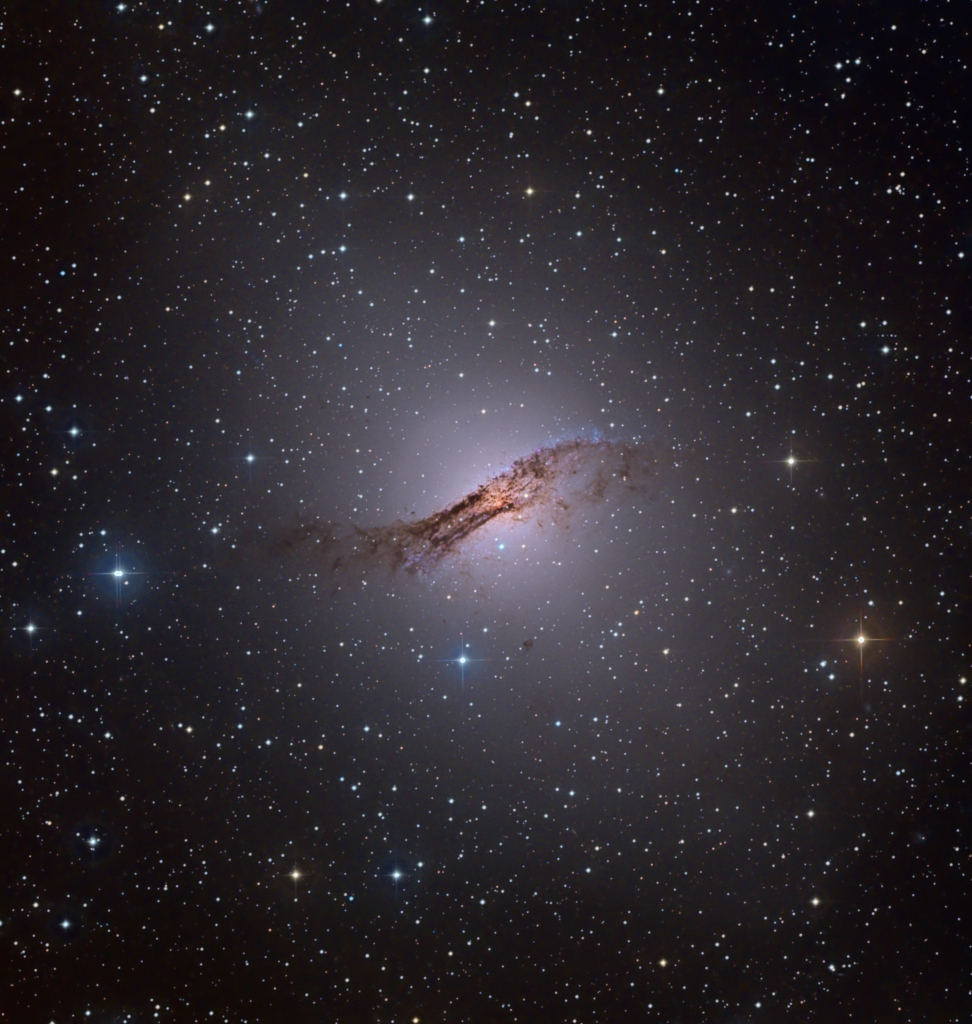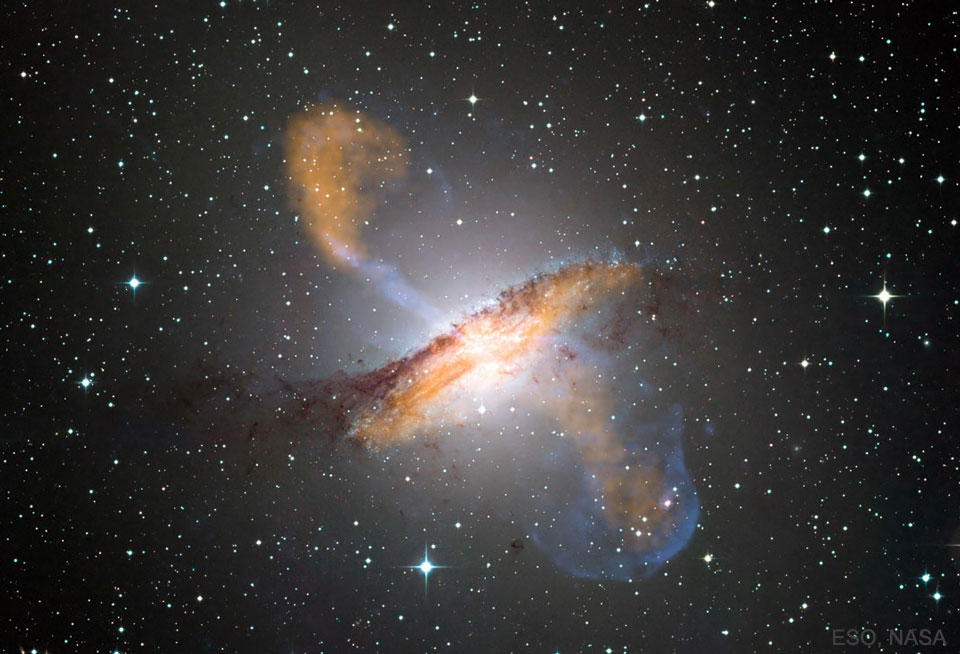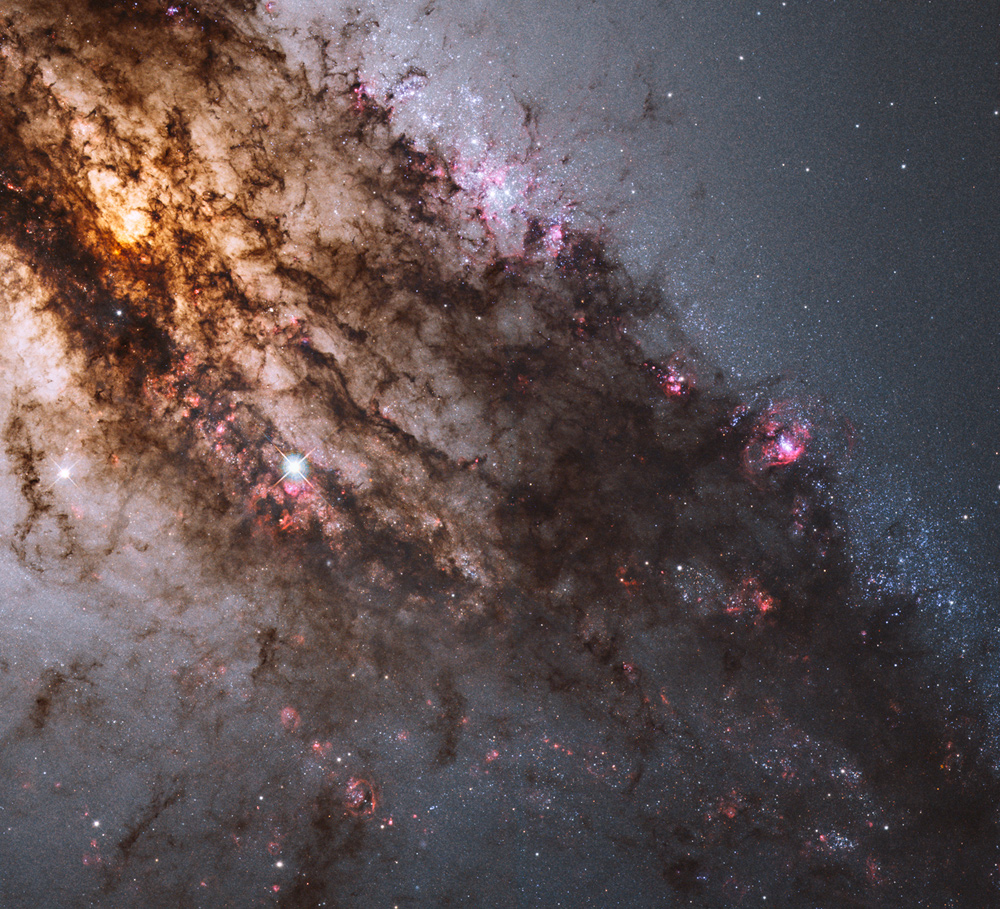半人马座A
2022年3月17日 Centaurus A Image Credit & Copyright: David Alemazkour Explanation: A mere 11 million light-years away, Centaurus A is the closest active galaxy to planet Earth. Spanning over 60,000 light-years, the peculiar elliptical galaxy also known as NGC 5128, is featured in this sharp telesco […]




